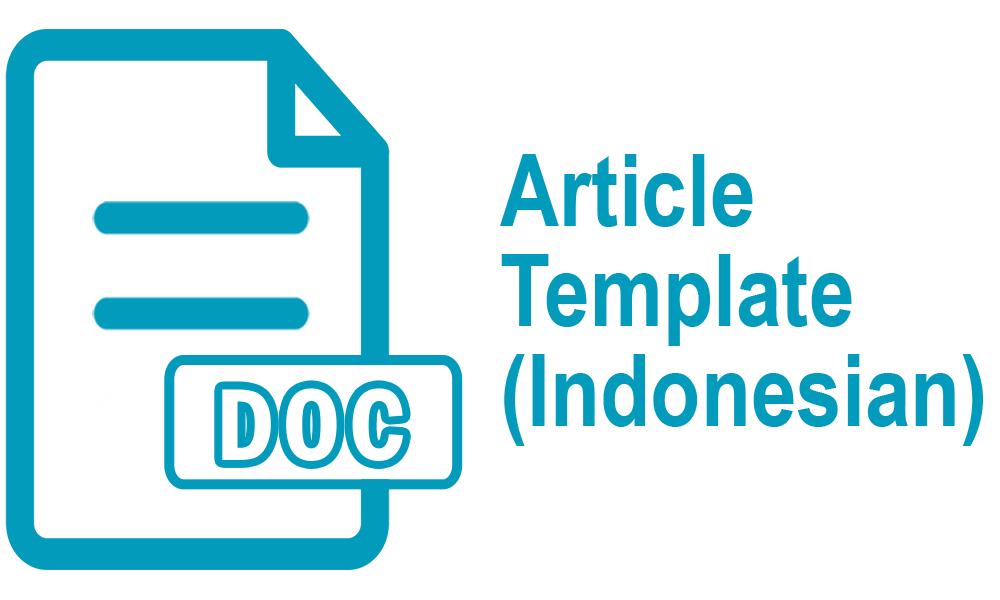An Analysis of Dysphemism Uttered by the Main Characters in Bottoms (2023) Film
Abstract
Full Text:
PDFReferences
Allan, K., & Burridge, K. (1991). Euphemism & Dysphemism: Language Used as Shield and Weapon. Oxford University Press.
Allan, K., & Burridge, K. (2006). Forbidden Words. Cambridge University Press.
Bordwell, D. (2006). The Way Hollywood Tells It : Story and Style in Modern Films. University Of California Press.
Bunniefuu. (2023, September 24). Bottoms (2023). Foreverdreaming.org; Transcripts - Forever Dreaming. https://transcripts.foreverdreaming.org/viewtopic.php?t=127390
Castillo, M. (2023, August 24). Bottoms film review & film summary (2023) | Roger Ebert. Https://www.rogerebert.com/. https://www.rogerebert.com/reviews/bottoms-film-review-2023
Creswell, J. W., & Poth, C. N. (2007). Qualitative inquiry & research design: Choosing among five approaches (2nd ed.). Sage.
Dey, D. (2023, September 23). Josie In “Bottoms” Explained: What Happens To Ayo Edebiri’s Character?. Film Fugitives. https://fugitives.com/josie-in-bottoms-explained-2023-drama-comedy-film-emma-seligman/
Dey, D. (2023, September 23). PJ In “Bottoms” Explained: Is Rachel Sennott’s Character Aggressive?. Film Fugitives. https://fugitives.com/character-of-pj-in-bottoms-explained-2023-drama-film-bottoms/
Diniejko, A. (2010). Introduction to the Study of Literature and Film in English. Warszawa. https://pracownik.kul.pl/files/10791/public/Intr_to_Stud_of_Lit_and_Film_updated_e-book_2019.pdf
Elliott, K. (2004). Novels, Films, and the Word/Image Wars. In A Companion to Literature and Film (eds R. Stam and A. Raengo). https://doi.org/10.1002/9780470999127.ch1
Garaga, M. D., Arifin, M. B., & Asanti, C. (2022). An Analysis of Taboo and Swear Words in Ted 2 Movie. Ilmu Budaya: Jurnal Bahasa, Sastra, Seni, Dan Budaya, 6(4), 1458–1472. https://e-journals.unmul.ac.id/index.php/JBSSB/article/view/6362/4685
Gerbner, G. (1985). Mass Media Discourse: Message System Analysis as a Component of Cultural Indicators. In V. Djik (Ed.), Discourse and Communication (pp. 14). De Gruyter.
Holmes, J. (2013). An Introduction to Sociolinguistics (4th ed.). Routledge.
IMDb. (n.d.). Bottoms (2023) ⭐ 6.7 | Comedy. M.imdb.com. Retrieved April 13, 2024, from https://m.imdb.com/title/tt17527468/
Miles, M. B., Huberman, A. M., & Saldana, J. (2014). Qualitative data analysis : A methods sourcebook (3rd ed.). Sage.
Nuthqi, S. A., Rozelin, D., & Lestari, P. A. (2024). Dysphemism Used in Seleced Episodes of South Park Animated Series Season 1 (1997). Proceeding of ADIA, 439–455. https://journal.ar-raniry.ac.id/ADIA/article/view/4780
Rawson, H. (1989). Wicked Words : A Treasury of Curses, Insults, Put-downs, and Other Formerly Unprintable Terms From Anglo-saxon Times to The Present. Crown Trade Paperbacks.
Rotten Tomatoes. (2023, September 1). Bottoms | Rotten Tomatoes. www.rottentomatoes.com. https://www.rottentomatoes.com/m/bottoms
Searle, J. R. (1979). Expression and Meaning : Studies in The Theory of Speech Acts. Cambridge University Press.
Seligman, E. (Director). (2023). Bottoms [Film]. Metro-Goldwyn-Mayer Pictures. https://mobile-api.loklok.plus/cms/web/share/detail?id=37304&category=0&episodeId=274256&language=en&clientType=android_Official
Sitanggang, M. A. P., Setia, E., & Ganie, R. (2020). Dysphemism Used in Deadpool Film Paper Title. Lire Journal (Journal of Linguistics and Literature), 4(2), 125–139. https://doi.org/10.33019/lire.v4i2.73
Spears, R. A. (1981). Slang and Euphemism : a Dictionary of Oaths, Curses, Insults, Ethnic Slurs, Sexual Slang and Metaphor, Drug Talk, College Lingo, and Related Matters. Jonathan David Company, Incorporated.
Trudgill, P. (2000). Sociolinguistics: An introduction to language and society (4th ed.). Penguin.
Sandelowski, M. (2000). Whatever happened to qualitative description? Research in Nursing & Health, 23(4), 334–340.
Wardhaugh, R. (2006). An Introduction to Sociolinguistics (5th ed.). Blackwell Publishing.
Winsantana, D. (2018). Dysphemism in “Orange is the New Black” Season 1 Television Series. (Thesis). Diponegoro University. https://core.ac.uk/download/pdf/159613682.pdf
DOI: http://dx.doi.org/10.30872/jbssb.v9i4.21655
Refbacks
- There are currently no refbacks.
Copyright (c) 2025 Riska Amelia Alfiansyah, M. Bahri Arifin
Editorial address:
Fakultas Ilmu Budaya, Universitas Mulawarman
Jl. Ki Hajar Dewantara, Gunung Kelua, Kec. Samarinda Ulu, Kota Samarinda, Kalimantan Timur, Indonesia 75123
Email: jurnalilmubudaya.fibunmul@gmail.com
Website: http://e-journals.unmul.ac.id/index.php/JBSSB
Ilmu Budaya: Jurnal Bahasa, Sastra, Seni, dan Budaya is licensed under a Creative Commons Attribution-ShareAlike 4.0 International License






